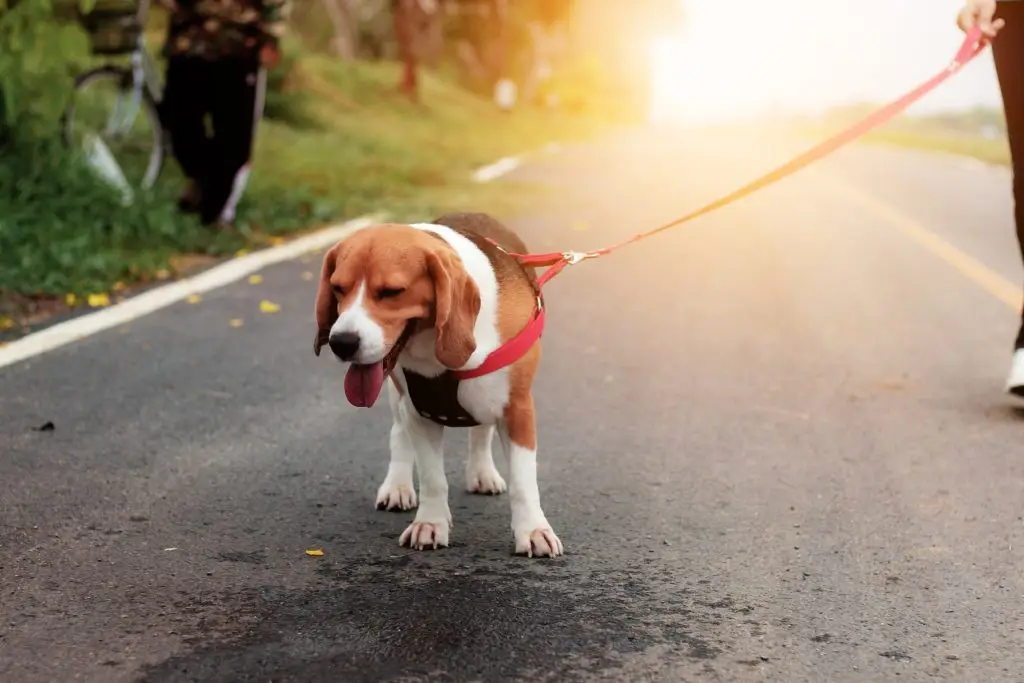One of the most common questions a dog owner has is “how long should I walk my dog?” The answer isn’t one-size-fits-all. The ideal walk length depends on several key factors, from your dog’s age to their specific health needs. A great walk isn’t just about time; it’s about quality and safety.

Factors That Decide Ideal Walk Length
Age, Breed & Health Status
A young puppy’s body is still developing, so they need short, frequent walks to avoid overexertion. A healthy adult Labrador might thrive on a long, brisk walk, while a senior Great Dane will likely prefer a gentle, slower-paced stroll. A dog’s health status is also crucial—if they have joint issues, heart conditions, or are recovering from an injury, always consult your vet for a recommendation.
Energy Level and Temperament
Some dogs have seemingly endless energy and need a long walk to feel satisfied, while others are more relaxed and are content with a shorter jaunt. A dog that is calm and relaxed after a walk likely got enough exercise. A dog that is restless and destructive may need more activity.
General Time Guidelines
Here are some general guidelines to help you determine an appropriate walk length, but remember to always adjust based on your dog’s individual needs.
Puppies: Short, Frequent Walks
For puppies, a good rule of thumb is 5 minutes of exercise per month of age. A 4-month-old puppy, for example, should get two 10-minute walks per day.
Adult Dogs: Balanced Daily Totals
Most adult dogs benefit from 30 to 60 minutes of daily exercise, broken into one or more walks. For very active breeds like Border Collies or German Shepherds, this may need to be closer to 90 minutes.
Seniors: Gentle, Low-Impact Walks
Senior dogs still need to be active to stay healthy, but their walks should be gentler. 15 to 30 minutes of low-impact walking is often a good target.
Adjusting for Weather & Surfaces
Heat, Cold, and Humidity
Always be aware of the weather. In extreme heat or cold, shorten your walks and consider indoor play as an alternative. Humidity can also make it difficult for dogs to regulate their body temperature, so be mindful of that.
Pavement vs Grass or Trails
Hard surfaces like pavement can be tough on a dog’s joints, especially for older dogs or those with arthritis. Opt for softer surfaces like grass or dirt trails when possible to reduce impact.
Signs You’ve Walked Enough (or Not Enough)
Relaxed vs Restless Behaviors
A well-exercised dog will often settle down for a nap or relaxed cuddle after a walk. A dog that is still bouncing off the walls, chewing on things, or barking excessively may need more physical and mental stimulation.
Recovery and Hydration Needs
After a walk, your dog should be tired but not exhausted. They should be able to walk back home and recover fairly quickly. Always make sure to provide fresh, clean water after a walk to rehydrate them.
Want to make sure your dog gets the perfect walk every time? Golden Paw Pet Services is here to help! We can tailor a walking plan to your dog’s specific age, breed, and energy level.



